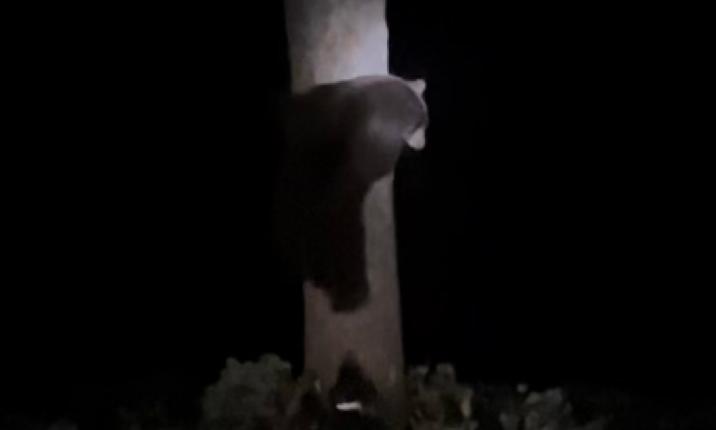The Marysville Rice Fields!
December 19, 2024

Sandhill Cranes (juvenile & adult) — Antigone canadensis
My husband and I traveled down to the Marysville Rice Fields this week to go bird watching. We hadn’t been there in three years! The rice fields, in California’s Central Valley, support many wildlife species!!! The following information from https://calrice.org explains this complex ecosystem.
“California rice is uniquely connected to the environment and the long-term survival of 230 wildlife species that depend on planted rice fields in the Sacramento Valley.
“Every species from Swainson’s Hawks, Bald Eagles, Sandhill Cranes, River Otters, Western Pond Turtles, millions of migratory waterbirds traveling the Pacific Flyway, and the state and federally threatened Giant Gartersnake all utilize the important habitat and food resources planted rice fields create.
“With 95% of California’s historic wetlands now gone, rice fields now serve as critical surrogate wetland habitat for wildlife. Acquiring, restoring and replacing the wetland habitat and food resources for wildlife rice now provides, would cost close to $3 Billion.
“Every year 7-10 million ducks and geese innately travel to Northern California’s Sacramento Valley, spending the winter months in rice fields, relying on leftover rice grain as a primary food source enabling them to refuel before the next long journey.
“Rice fields provide more than 60% of the diet for the millions of ducks, geese and other wintering waterfowl.
Winter flooded rice fields also create critical habitat space for waterfowl to rest and develops aquatic organisms known as ‘Zooplankton’ which is a nutrient-dense food source for fish.
“Continued yearly work between rice farmers and scientists indicates rice fields may hold the key to boosting the state’s dwindling salmon population, with rice fields creating nutrient-rich food for baby salmon.
“Planted rice fields are inherently multi-beneficial, with many others connected to the growing process. 40% of water used to grow rice gets recycled, flowing to neighboring farms to help irrigate other crops, traveling to wildlife refuges for reuse or continuing downstream returning to the environment.
“For two decades now, the Sacramento Valley has been designated as a Western Hemisphere Shorebird Reserve Network site of International Importance, with rice fields being recognized for their importance to shorebird populations along the Pacific Flyway.”

Sandhill Cranes — Antigone canadensis
Luckily we came across a small group of Sandhill Cranes right near the road! These birds migrate down in the Pacific Flyway from British Columbia, Alaska, Washington, Oregon, and northeastern California, to overwinter in California’s Central Valley. They are 4’ tall, with a 7’7” wingspan! They roost at night in shallow wetlands but feed by day in agricultural fields. They are mainly herbivores, and eat corn, roots, seeds, cultivated grains, and berries, as well as small mammals, insects, snails, reptiles, and amphibians. Their feeding and roosting areas are typically less than 2 miles apart.
While we were watching the small group of Cranes, they took off and joined a distant bigger group of Sandhill Cranes. The total we saw was 18 Cranes! What a thrill it was to see these incredible winter visitors!

Three White-faced Ibis — Plegadis chihi
These gorgeous birds have come down from their breeding grounds either in Idaho, Montana, N. & S. Dakota, Iowa or Utah, to spend the winter in California’s Central Valley. During their breeding season (April to mid-May) a white rim of feathers is displayed around the bare skin of their face, hence their name! The birds pictured above weren’t in their mating colors yet, but in the right light the iridescence of their feathers was a palette of colors!
Your questions and comments are appreciated. Please feel free to email me at northyubanaturalist@gmail.com. Thanks!
Featured Articles

Two Plead Guilty to Poaching and Animal Cruelty Charges →
December 30, 2025
Two men face penalties for illegal hunting activities in Sierra County.
Fish and Wildlife Plans to Collar More Deer, Elk, and Wolves →
December 30, 2025
DWR Conducts First Snow Survey of the 2025-2026 Season →
December 31, 2025
Storms Bring Heavy Rainfall and Local Disruptions →
December 22, 2025
Sierra Hardware Plans Extensive Repairs After Flood Damage →
December 8, 2025